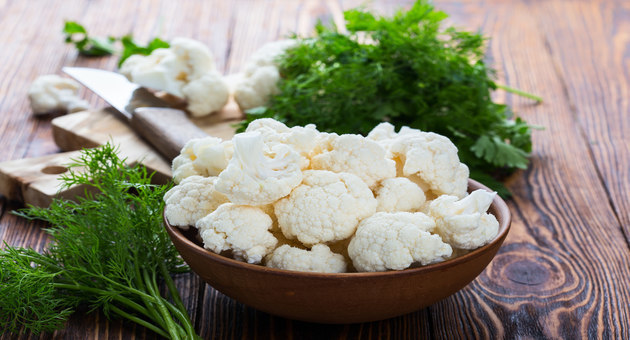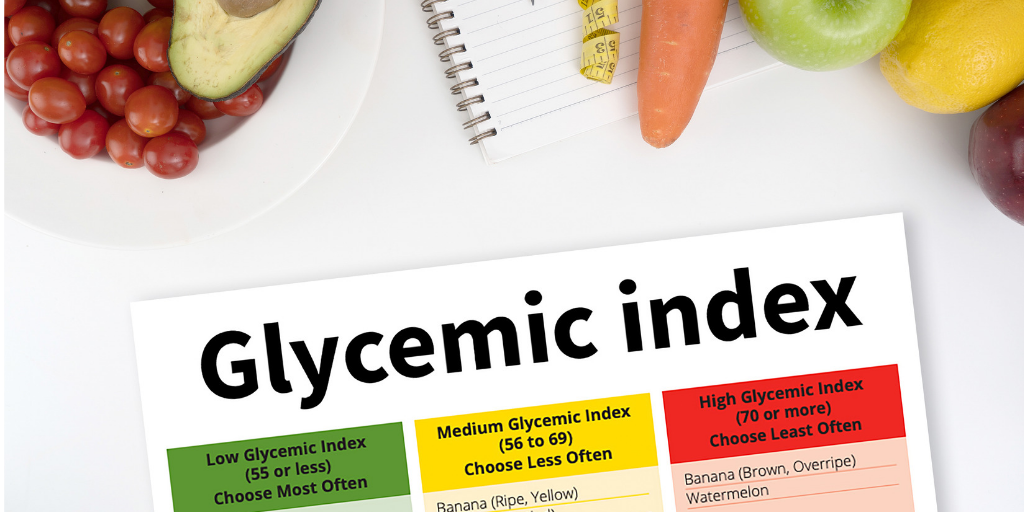Peanut butter is one of the world’s most popular spreads. Creamy, nutty, and delicious, it’s a favorite for athletes, kids, and anyone needing a quick energy boost.

But beyond the taste, how healthy is peanut butter really? Let’s break down the science—benefits, drawbacks, and what fitness enthusiasts need to know.
What Is Peanut Butter?
Pure peanut butter is made by roasting peanuts and grinding them into a paste.
However, many commercial brands add:
- Sugar (for sweetness)
- Vegetable oils or stabilizers (for texture)
- Hydrogenated oils (to extend shelf life)
These additions reduce the nutritional quality and, in the case of trans fats, may even be harmful.
👉 Best Choice: Natural peanut butter with only peanuts (and maybe salt).
Protein Power
A 100 g serving of peanut butter provides ~25 g of protein, about 15% of total calories.
- Strength: It’s one of the richest plant protein sources.
- Weakness: Peanut protein is low in the essential amino acid methionine.
This isn’t a major concern for most people with diverse diets, but those relying heavily on peanuts for protein should balance intake with other sources like legumes, fish, eggs, or whole grains.
📖 Reference: US Department of Agriculture (USDA) FoodData Central, 2023
Low in Carbs, Blood Sugar Friendly
Pure peanut butter is about 20% carbohydrates, with ~6% being fiber.
- Causes only a mild rise in blood sugar.
- Fits well in low-carb and diabetic diets.
One large cohort study showed women who ate peanuts or peanut butter ≥5 times per week had a 21% lower risk of type 2 diabetes compared to those who rarely consumed them.
📖 Reference: Jiang R. et al., JAMA, 2002. “Nut and peanut butter consumption and risk of type 2 diabetes in women.”
Rich in Healthy Fats
Peanut butter is ~50% fat, but mostly the “good” kind:
- Oleic acid (monounsaturated fat): Linked with improved insulin sensitivity and heart health.
- Linoleic acid (omega-6 polyunsaturated fat): Necessary for health, though excessive omega-6 vs. omega-3 imbalance has been debated.
High-quality meta-analyses show linoleic acid intake does not increase inflammatory markers in humans, suggesting fears about omega-6 are overstated.
📖 Reference: Johnson GH & Fritsche K., Adv Nutr, 2012.
Vitamins, Minerals & Antioxidants
A 100 g serving provides:
- Vitamin E: ~45% RDA
- Magnesium: ~39% RDA
- Niacin (B3): ~67% RDA
- Copper & Manganese: High amounts
Peanut butter also contains:
- p-Coumaric acid (antioxidant, may reduce inflammation)
- Resveratrol (studied for anti-aging and cardiovascular effects, though human data is limited)

📖 Reference: Francisco ML de & Resurreccion AVA, Crit Rev Food Sci Nutr, 2009.
The Hidden Risk: Aflatoxins
One concern with peanuts is contamination with aflatoxins, toxic compounds from molds (Aspergillus species) that grow underground with the peanut plant.
- Health effects: Long-term aflatoxin exposure is linked to liver cancer, impaired growth in children, and immune dysfunction.
- Reality check: Processing peanuts into peanut butter can reduce aflatoxin levels by up to 89%.
- Safety: The USDA and EFSA strictly regulate maximum aflatoxin levels in peanut products to keep them safe for consumers.

📖 *References:
- Williams JH et al., “Aflatoxin and human health,” Am J Clin Nutr, 2004.
- EFSA Scientific Opinion on aflatoxins in food, EFSA Journal, 2018.*
Fitness & Weight Management
Peanut butter is calorie-dense—about 588 kcal per 100 g. This makes portion control essential:
- ✅ Great for bulking: Provides energy, healthy fats, and protein.
- ⚠️ Risky for cutting: Easy to overeat, which can derail a calorie deficit.
👉 Fitness Tip: Measure your peanut butter (1–2 tablespoons) instead of eating straight from the jar.
Final Verdict
- Nutrient-rich: Protein, healthy fats, vitamins, minerals, and antioxidants.
- Blood sugar friendly: Safe for most diabetics.
- Caution: High in calories and may contain aflatoxins (though regulated).
💡 Takeaway: Peanut butter is a healthy food when eaten in moderation and chosen wisely. Stick with natural brands, use small servings, and pair it with a balanced diet.
References
- USDA FoodData Central, 2023.
- Jiang R. et al., JAMA, 2002. “Nut and peanut butter consumption and risk of type 2 diabetes in women.”
- Johnson GH & Fritsche K., Adv Nutr, 2012. “Linoleic acid and markers of inflammation in healthy persons.”
- Francisco ML de & Resurreccion AVA, Crit Rev Food Sci Nutr, 2009. “Functional components in peanuts.”
- Williams JH et al., Am J Clin Nutr, 2004. “Aflatoxin and human health.”
- EFSA Panel on Contaminants in the Food Chain, EFSA Journal, 2018.
⚡ FitOlympia Tip: Peanut butter is your ally when used smartly. Measure it, enjoy it, but don’t let it measure you.


